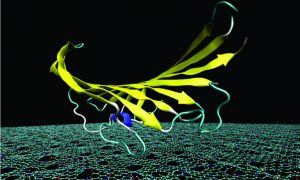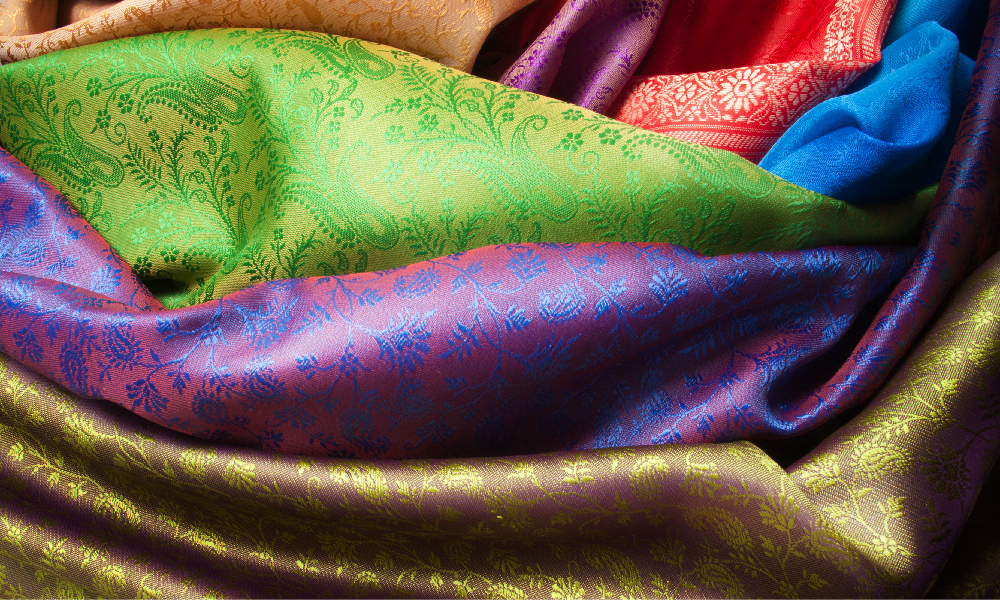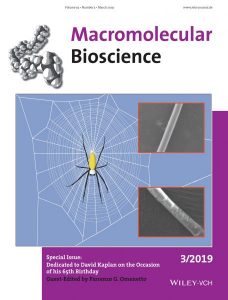
Used as a textile fabric for over 5000 years, silk is most notably associated with silkworms or spiders. Fibroin—the central structural protein in silk—is made up of the simple amino acid sequence Gly-Ser-Gly-Ala-Gly-Ala, which forms beta pleated sheets as secondary structures.
With this simple structure these natural materials achieve fascinating properties such as high strength, toughness, biocompatibility, biodegradability, and thermal stability. These properties have long intrigued humans, but the possible applications are far from being exhausted, as one of the leading expert in the field will tell you.
But at what point can you claim someone is a truly leading expert in a field? I would argue that when an author has published more than 3 times more papers on a subject than the next leading scientist this term is not an overstatement. With 775 papers on silk (and counting) David Kaplan has achieved exactly that.

As the pioneers of silk-based materials, Prof. Kaplan’s group at Tufts Univerity has been working tirelessly to give us a deeper understanding of this fascinating material from structure–property relationships, to applications in human health, with numerous applications moving out of the laboratory into industry and start-ups.
By those who know him, Prof. Kaplan is not only appreciated as an exceptional scientist, but also as a great teacher, mentor, and collaborator, with inspiring spirit and enthusiasm.
Initiated in honor of his 65th birthday, Prof. Kaplan’s longtime colleague and collaborator Fiorenzo Omenetto has guest edited a special issue in Macromolecular Bioscience in which Prof. Kaplan’s colleagues and friends showcase work on silk and beyond.


















